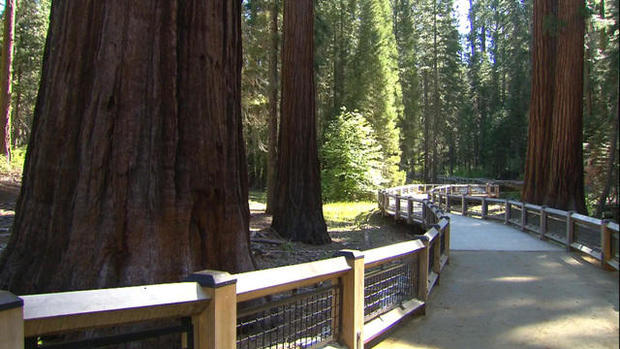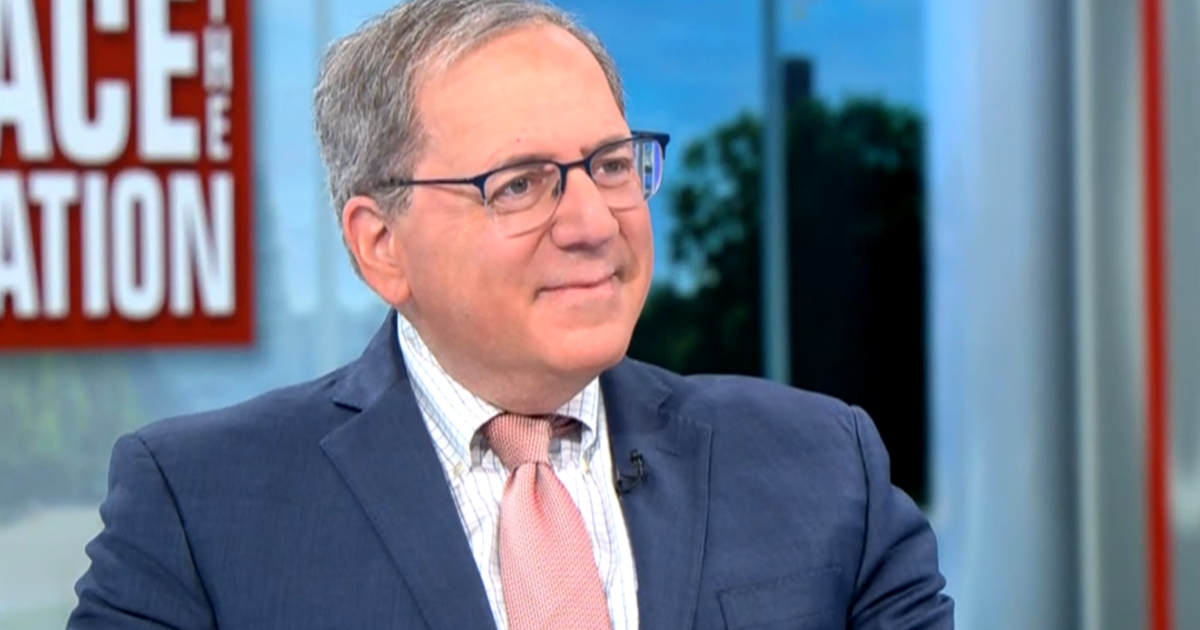Yosemite grove of giant sequoia trees reopens to public after $40M restoration
The home of some of the world's largest and oldest sequoia trees will re-open to the public Friday for the first time in three years. Some of the trees in Yosemite National Park's Mariposa Grove have been growing for close to 2,000 years -- some of the oldest living things on Earth. But after decades of visitors and their cars, the grove of more than 500 sequoias was in danger of being loved to death.
It would seem hard to improve on the grandeur of Yosemite, a place that attracts about four million visitors a year, reports CBS News correspondent John Blackstone. But for three years, one of the park's natural wonders has been closed to the public while it underwent a $40 million restoration project to provide a better view of giant sequoias -- trees that can grow more than 250 feet tall.
"Completely restored and it's just a more tranquil and more serene experience," said Frank Dean, president of the Yosemite Conservancy, a non-profit that raised $20 million for the restoration of the grove. The National Park Service put in another $20 million.
The goal was to take out many modern additions, returning the grove to a more natural state, removing pavement and parking lots, restoring streams and wetlands, and minimizing the damage from cars and people getting too close.
"You can see that people have come up to this tree before and [they] feel the bark and maybe pull a strip of bark off. So if we have thousands of people coming to visit the grove, we just can't allow people to come up and touch the trees anymore," said Sue Beatty, a restoration ecologist with the National Park Service. She helped plan the makeover including new fences to protect the trees' bark from too many hands and raised walkways to protect the roots from too many feet.
"All those footsteps would compact the soil around those trees and the roots are very shallow," Beatty said. "So, if you compact that soil they are not able to grab the water nutrients that they need."
Even dead trees like the Fallen Monarch drew early tourists to the Mariposa Grove. President William Howard Taft rode a buggy through the California Tunnel Tree in the early 1900s. Theodore Roosevelt stood under one called the Grizzly Giant. President Lincoln never saw the big trees in person but he recognized their value.
"The law that Abraham Lincoln signed back in June of 1864 established Yosemite Valley and the Mariposa Grove of giant sequoias. So even back in the midst of our country's Civil War… they realized that ... America, maybe even the world, would be a better place if Yosemite Valley and the Mariposa Grove was protected," said ranger Dean Shenk, who has worked in Yosemite for more than 40 years.
The latest steps in that protection were completed just in time for Thursday's ribbon cutting. But while workers take care of details on the ground, visitors will be looking up -- way up.




